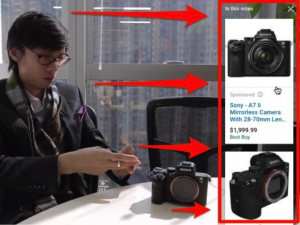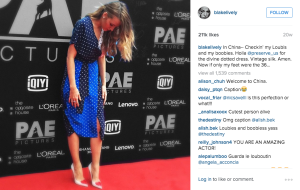Oh the times, they are a-changin’. Every year during the holidays, companies look for new ways to reach their audiences. Well, here we are, approaching the holiday season and WOW, have things changed since the last time we sat on Santa’s lap.
If we time travel just ten years back and think about holiday advertising, what comes to mind? Television ads (those Coca-Cola Polar Bears!), email marketing (that early-on Hotmail account…) and basic online/print magazine ads (and their oh-so-wonderful catalog counterparts – see JCPenney’s, below). In fact, we found an article from 2005 that says “If you want to ensure the best visibility for your advertisers this holiday season, you’d better contact publishers and submit RFPs (define) now.” Although pitching is still a very useful tool, it is no longer the only option.

[Source]
Fast forward to today. We have multiple social media platforms, ads pop up on our screens based on what we’ve recently searched, and admen are able to completely understand big data and use it to target consumers on micro levels. These are the tricks of the contemporary trade, and – seem it trick or treat – what brands will be employing this holiday season.
Over the weekend, AdWeek updated us with the best way to reach consumers this holiday season. Two words: Programmatic Ads. Marketing Land defines the concept as such:
“In a nutshell, programmatic advertising automates the decision-making process of where ads are placed, using artificial intelligence (AI) and real-time bidding (RTB) for online display, mobile and video campaigns — and it’s making inroads into TV and social media, too.”
AdWeek reports that about 50% of consumers are down to have their personal information shared and used to provide them with better shopping experiences. The time is ticking, so major brands better get on board with such marketing intelligence or they might risk falling behind. So, ‘tis the season of spending! Thus, ‘tis the season for targeted consumer outreach.





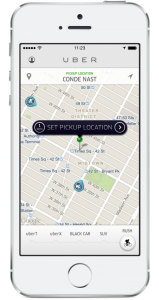
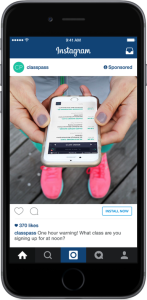
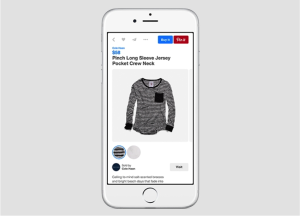 [
[